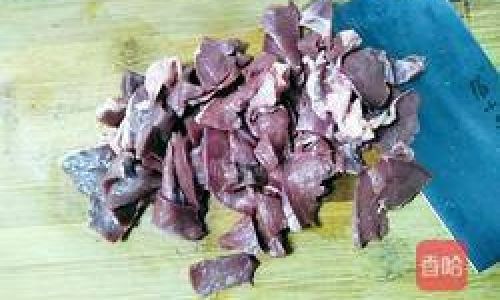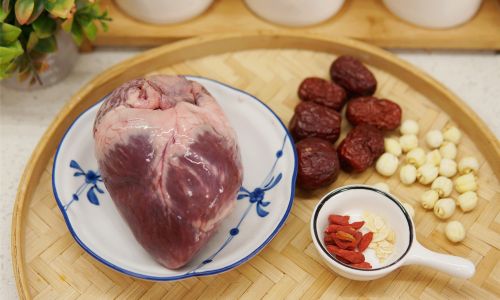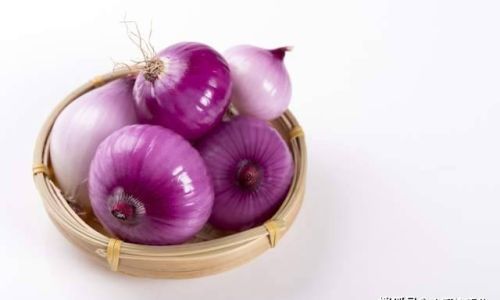Cleaning a fresh pig’s heart might seem like an intimidating task, especially for those unfamiliar with handling organ meats. However, with the right techniques and precautions, you can ensure that your pig’s heart is thoroughly cleaned and ready for cooking. This guide will walk you through the entire process, from initial inspection to final rinsing, ensuring that you end up with a clean, safe-to-eat pig’s heart.
Understanding the Importance of Cleaning
Before diving into the specifics of how to clean a pig’s heart, it’s crucial to understand why cleaning is essential. Organ meats, including the heart, can harbor bacteria, blood, and other impurities. Proper cleaning not only removes these contaminants but also enhances the taste and texture of the final dish.

Moreover, cleaning a pig’s heart is a critical step in food safety. Improper handling and cleaning can lead to foodborne illnesses, such as salmonellosis or trichinosis. Therefore, it’s imperative to follow a meticulous cleaning process to protect your health and the health of those who will consume the cooked heart.
Preparation and Safety Measures
Before starting the cleaning process, ensure you have the necessary tools and safety equipment:
- Sharp knife: A sharp, sturdy knife is essential for cutting through the tough tissues of the pig’s heart.
- Gloves: Wear rubber or disposable gloves to protect your hands from potential contaminants and to keep them clean.
- Apron: An apron will shield your clothes from splashes and stains.
- Cutting board: Use a sturdy, easy-to-clean cutting board.
- Sink: A large sink with running water is necessary for rinsing the heart.
- Bleach or vinegar: These can be used to disinfect surfaces after handling raw meat.
- Paper towels or clean cloths: For drying and wiping down surfaces.
Step-by-Step Cleaning Process
-
Inspection
Begin by carefully inspecting the pig’s heart. Look for any visible signs of damage, discoloration, or contamination. The heart should be firm and have a healthy color, typically a deep red. Discard any hearts that appear spoiled or have an off odor.
-
Trimming Fat and Connective Tissue
Using your sharp knife, trim away any excess fat and connective tissue. These can make the heart less appealing and can affect its texture when cooked. Be careful not to cut into the heart muscle itself, as this can release blood and other fluids.
-
Removing Blood Clots
Examine the chambers and blood vessels of the heart. You may find blood clots or pools of blood. Carefully remove these with your knife or tweezers. Be gentle to avoid puncturing the heart walls, which could release more blood.
-
Rinsing
Place the heart under cold running water. Rinse it thoroughly on all sides to remove any remaining blood, fat, or debris. Use your fingers to gently loosen and wash away any stubborn impurities.

-
Soaking (Optional)
Some chefs recommend soaking the heart in cold water for about 30 minutes to draw out additional blood and impurities. If you choose to soak, ensure the water is changed every 10-15 minutes to keep it from becoming too bloody. After soaking, rinse the heart again under cold running water.
-
Inspecting the Interior Chambers
Carefully cut open the heart’s chambers if they haven’t been opened already. This allows you to access and clean any hidden areas more thoroughly. Use your knife to scrape away any remaining blood or tissue.
-
Final Rinse
Give the heart a final rinse under cold running water. Make sure all surfaces are clean and free of any visible impurities. Pat the heart dry with paper towels or a clean cloth.
-
Disinfecting Work Surfaces
Once you’ve finished cleaning the heart, disinfect all surfaces that came into contact with raw meat. Use a solution of bleach and water (one tablespoon of bleach per gallon of water) or vinegar. Wipe down the cutting board, sink, and any utensils used during the cleaning process.
Cooking Tips and Recipes
Now that your pig’s heart is clean, it’s ready for cooking. Here are some tips and recipes to inspire your culinary creativity:
-
Slow Cooking: Pig’s heart is well-suited for slow cooking methods, such as braising or stewing. These methods tenderize the meat and allow flavors to meld together.

-
Marinating: Marinating the heart in a mixture of acids (like vinegar or lemon juice), herbs, and spices can add depth of flavor and tenderize the meat.
-
Grilling: For a smoky, charred flavor, grill the heart over an open flame. Slice it thinly before grilling to ensure even cooking.
-
Stuffing: The heart can be stuffed with a variety of fillings, such as herbs, rice, or vegetables, and then baked or grilled.
Sample Recipe: Braised Pig’s Heart with Red Wine and Vegetables
Ingredients:
- 1 cleaned pig’s heart, cut into large pieces
- 2 tablespoons olive oil
- 1 large onion, chopped
- 2 carrots, sliced
- 2 celery stalks, sliced
- 4 cloves garlic, minced
- 1 cup red wine
- 2 cups beef broth
- 2 sprigs fresh thyme
- 2 bay leaves
- Salt and pepper to taste
Instructions:
- Preheat your oven to 325°F (165°C).
- In a large oven-safe pot, heat the olive oil over medium heat. Add the onion, carrots, celery, and garlic. Sauté until the vegetables are softened and fragrant, about 5-7 minutes.
- Add the pig’s heart pieces to the pot, seasoning them with salt and pepper. Cook for another 3-4 minutes, until the heart pieces are browned on all sides.
- Pour in the red wine and beef broth, stirring to combine. Add the thyme sprigs and bay leaves.
- Bring the mixture to a simmer, then cover the pot and transfer it to the preheated oven.
- Braise for about 2-2.5 hours, or until the heart is tender and the sauce has thickened.
- Taste and adjust the seasoning with additional salt and pepper if needed.
- Serve the braised pig’s heart with the vegetables and sauce over mashed potatoes, polenta, or rice.
Conclusion
Cleaning a fresh pig’s heart may seem daunting at first, but with the right techniques and precautions, it’s a manageable task. By following the steps outlined in this guide, you can ensure that your pig’s heart is thoroughly cleaned and ready for cooking. Remember to always prioritize food safety, wear appropriate protective gear, and disinfect surfaces after handling raw meat.
With a clean pig’s heart, the culinary possibilities are endless. Whether you choose to braise, grill, or stuff it, the heart’s rich, tender texture and mild flavor can add a unique twist to your meals. Experiment with different recipes and cooking methods to find your favorite way to enjoy this often-overlooked cut of meat.
Moreover, cooking with organ meats like pig’s heart can be a nutritious and sustainable choice. They are rich in essential nutrients, such as protein, iron, and vitamins, and can be a more affordable alternative to other cuts of meat. So, next time you come across a fresh pig’s heart, don’t shy away from it—embrace the challenge and transform it into a delicious, satisfying meal.
In conclusion, cleaning a pig’s heart is a crucial step in preparing it for cooking. With the right tools, techniques, and recipes, you can turn this often-overlooked organ into a culinary delight. Happy cooking!





0 comments